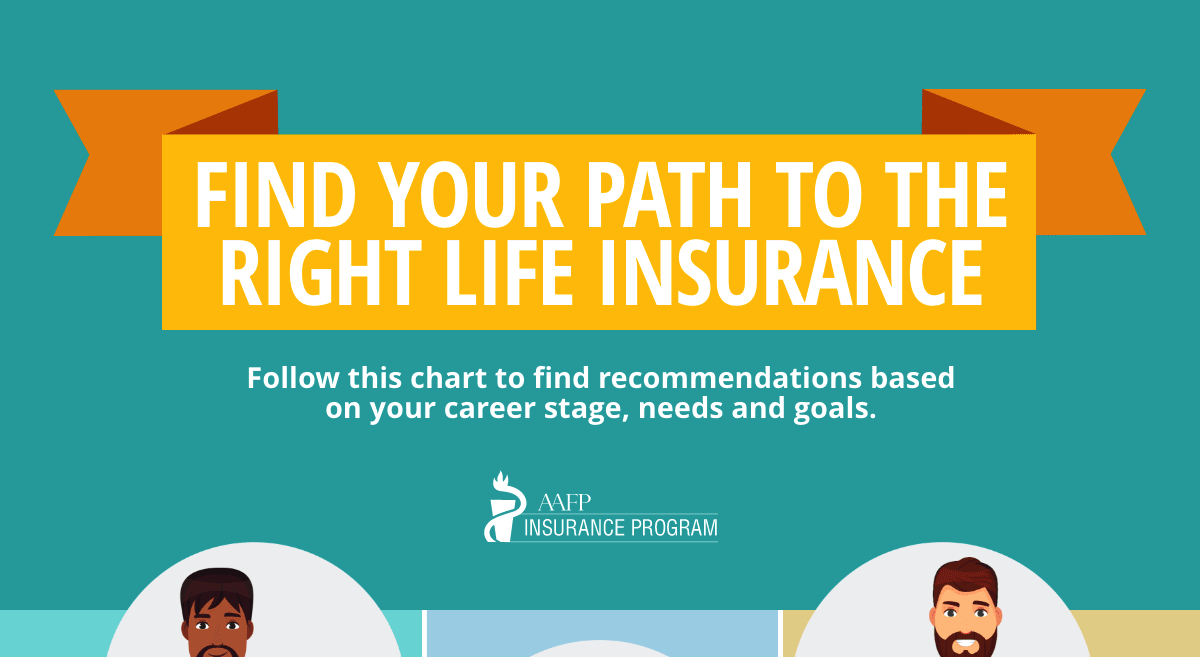But what does virtual reality have to do with the future of medicine?
Increased interest in telehealth services
With the recent advancements of medical and mobile technologies, coupled with increased patient demand for more immediate medical attention, virtual medicine (or telehealth) is a hot commodity in the medical industry.
According to the American Telemedicine Association, 15 million people used telemedicine services in 2015, a 50% increase from 2013. While patient interest is high, how does the call for more telehealth services affect healthcare providers and insurers?
For hospitals and healthcare systems, there has been a great deal of legislative activity surrounding telehealth projects. One in particular is The Telehealth Innovation and Improvement Act which would require HHS to allow eligible hospitals to test new telehealth concepts at the Center for Medicare and Medicaid Innovation (CMMI). It would also compel the CMMI to evaluate new telehealth models on the basis of cost, effectiveness, and quality of care.
For insurance companies, telehealth is still viewed as an evolving technology that needs to be tested before there is universal acceptance and implementation. But there are a select few that are experimenting with these services.
Take BCBS of Alabama for example. The insurer began paying physicians for five telemedicine services, including behavioral health and stroke. In the midst of rising demand, the insurer found that the technology used to treat patients in those categories was “indistinguishable from a face-to-face visit.”
As more private insurers pay for these virtual health visits, this growing trends will boost low levels of utilization. 29 states and the District of Columbia now have laws with rules addressing telehealth coverage.
The current utilization of telehealth
Originally, telehealth was meant to serve patients who live in rural or underserved communities throughout the U.S. as well as seniors on Medicare who often have difficulties traveling to doctors’ appointments. The market is now attracting younger patients, namely Millennials, as well as people with hectic work schedules and families with young children who frequent the doctor’s office. These patient groups require speed and convenience, and telemedicine has the capabilities to deliver on these demands.
When it comes to actual health services offered, telehealth includes everything from telephone consultations and live video feeds via Skype to digital CT scans and remote monitoring of intensive-care units.
We mentioned that stroke and behavioral health were two covered telehealth services; in addition, dermatology, radiology, and infectious disease are being added to the list since they generally involve quicker diagnoses.
However, despite a growing willingness to utilize telehealth, it still hasn’t penetrated primary care with the same gusto as other specialties. According to a survey from the Robert Graham Center for Policy Studies, the American Academy of Family Physicians and Anthem, only 15% of 1,557 family physicians used telehealth in their practices.
There’s no doubt that telehealth is Family Medicine’s next frontier, but there has yet to be a mainstream movement of consumer access to family physician services online or via mobile devices. Family physicians have a lot of questions that need to be answered before they venture off into the virtual world, for example:
- Should you submit a telehealth claim for every patient phone call?
- Should real-time video visits be the primary catalysts for payment?
- Should telehealth be used mostly for primary-care treatments such as ear infections and colds?
In the end, it comes down to whether you get paid or not. According to the same Robert Graham Center survey, nearly nine in 10 family physicians say they would use telemedicine as a tool to treat their patients if they were compensated for it.
Why doctors are still hesitant to adopt telemedicine practices
Telehealth offers several advantages that benefit both patients and doctors alike:
- It offers flexibility
- It increases patients’ access to health care
- It supplements the existing patient relationship
- It connects providers and specialists to better coordinate care
- And most of all, it saves patients money
But despite these benefits, telemedicine is still very much in its infancy. The Robert Graham survey indicated that 85 percent of family medicine respondents had not used telemedicine in the last 12 months.
Smaller practices are even less likely to adopt these services due to lack of resources and funds to invest in this new technology. The biggest challenge is the lack of reimbursement. As of now, the Centers for Medicare and Medicaid Services (CMS) only reimburse telemedicine visits in rural areas, at federally-qualified health centers, and through value-based programs.
Another barrier is determining the actual quality of care that’s being received. Telemedicine wasn’t designed to make face-to-face care obsolete, but rather act as a supplemental service. Physicians who are considering making the transition or are considering adding this service to their practice should keep this in mind, and still encourage patients to physically come in to the office as needed.
Telemedicine can’t replace the nuances of in-person care. That’s a fact. But that’s not to say telemedicine and telehealth services don’t have a place in the modern doctor’s office. This technology allows independent physicians and practice groups to treat patients outside of traditional hours, and eliminates the costs associated with travel and wait times. Time will tell how significant of an impact telemedicine will have on population health.
Tell us: Have you adopted telehealth services? If so, how has it benefitted your practice and your patients?
Photo Credit: Shutterstock




